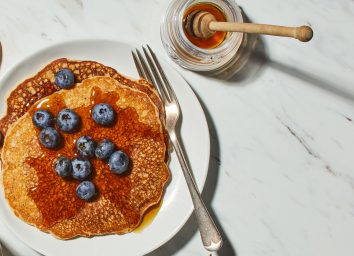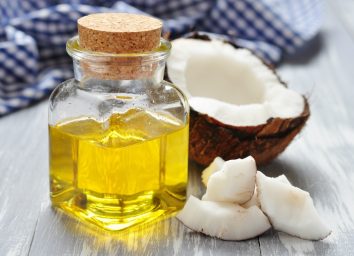
Chances are, you've heard that having healthy triglyceride levels in your blood is important. But what exactly are triglycerides, and how do they work in your body? And when you have high levels, is it possible to manage them with lifestyle, and can food make a difference? The good news is, according to food and health pros, what you eat can help. We've rounded up some of the foods that can lower triglycerides, and there are plenty of whole foods on the list.
What are triglycerides, and why are they important?
"Triglycerides are a type of blood lipid (or fat molecules) and they're made up of free fatty acids. They're stored in your body fat, but you'll also find them in your blood," says nutritionist Jessica Ash, CNC, HHC, FDN-P and founder of Jessica Ash Wellness. "And because your liver makes them, they're also found in your liver and then your tissues. Our body gets triglycerides either from the food that you eat or from the body [because] it manufactures triglycerides in the liver."
"It's important to know that triglycerides, like cholesterol, are normally protective (aka the body produces them as a protective mechanism in response to a "threat"). But triglycerides are used for energy, whereas cholesterol is used for steroid hormone production," Ash explains. "And our muscles are specifically what like to uptake fatty acids or triglycerides. So they're fatty acids that the body usually uses for energy."
Your body needs energy from food to function. But excess energy, especially from sources like simple carbohydrates, can be stored as triglycerides, which can create issues if your triglyceride levels are elevated above the normal range. According to the Mayo Clinic, if your triglycerides are over 150 mg/dL, then you're at a greater risk for developing heart disease.
What can you do to lower high triglyceride levels?
Because your body can get triglycerides from the food you eat, it makes sense that changing your diet can help if you're concerned with your triglyceride levels. In general, according to Ash, it's important to reduce your intake of refined flour, processed and packaged foods that contain trans fats, high fructose corn syrup, and excess carbs and sugars that are bad news for your health.
One key nutrient to keep in mind is fat. According to Ash, switching out the types of fat you eat can make a huge difference. "Trans fats and polyunsaturated fats, like the fat in canola oil, are going to be the biggest offenders because they burden the liver, which is going to manufacture more triglycerides in order to make more LDL. So what we're eating and how we're supporting the liver is really what's going to matter when it comes to triglycerides," she says.
That said, fat is only one factor to consider when it comes to food. "Specific to food, fat itself is often not the culprit," says registered dietitian Amanda Archibald, founder of The Genomic Kitchen. "Excess calories from alcohol or starchy/sugary foods are often more complicit in producing high triglycerides."
If your doctor has told you your triglyceride levels are on the high side, it's worth asking them what foods to avoid and what lifestyle changes could help. Chances are, you'll want to exercise more and go easy on trans fats and simple carbs.
What foods can help lower triglycerides?
Now that you know which foods to avoid, what foods can you add into your diet that can help support healthy triglyceride levels? "Foods to emphasize are high fiber vegetables with lower sugar content, such as cruciferous vegetables," Archibald says. "Including legumes, canned or cooked from their dried versions, will add both fiber and satiety to the plate."
Adding healthy omega-3 fats can be helpful as well. "Among fats, seek out foods rich in omega-3 fats, which not only act as natural anti-inflammatories in the body but can also prevent the production of triglycerides and (very low density) cholesterol in the liver," says Archibald.
Here are 20 foods that can lower triglycerides.
Avocado

Avocados are a great choice when it comes to helping lower triglycerides because they contain healthy fiber and fat. Both fiber and fat are great for helping stabilize blood sugar levels, which are helpful in maintaining overall health, energy, and keeping triglycerides in check.
Oats

Choosing a healthy, fiber-rich carb source like oats over simple, processed carbs (like those found in bread, pasta, baked goods, and desserts) can be helpful when you're trying to manage triglycerides. Oats are quick and easy to make, and they're super filling. Don't forget to add some healthy fat and protein (like nut butter and protein powder) to keep your blood sugar balanced for hours.
Coconut Oil

Coconut oil is rich in healthy fats called MCTs (medium-chain triglycerides). According to two studies published in the journals Metabolism and Lipids, MCT could improve insulin sensitivity and cholesterol levels.
Plus, coconut oil is great for cooking as it is very heat stable. Not a fan of the coconut flavor? Try buying refined coconut oil, which removes the subtle coconut taste/aroma. You'll still get all the benefits.
Cauliflower

Cauliflower is a cruciferous vegetable that is high in fiber and low in carbs and sugar. Try roasting cauliflower in the oven or tossing it in your favorite seasonings and baking it in an air-fryer. Cauliflower also makes a great rice substitute–you can find pre-riced cauliflower in the freezer or fresh produce section of your grocery store.
Blueberries
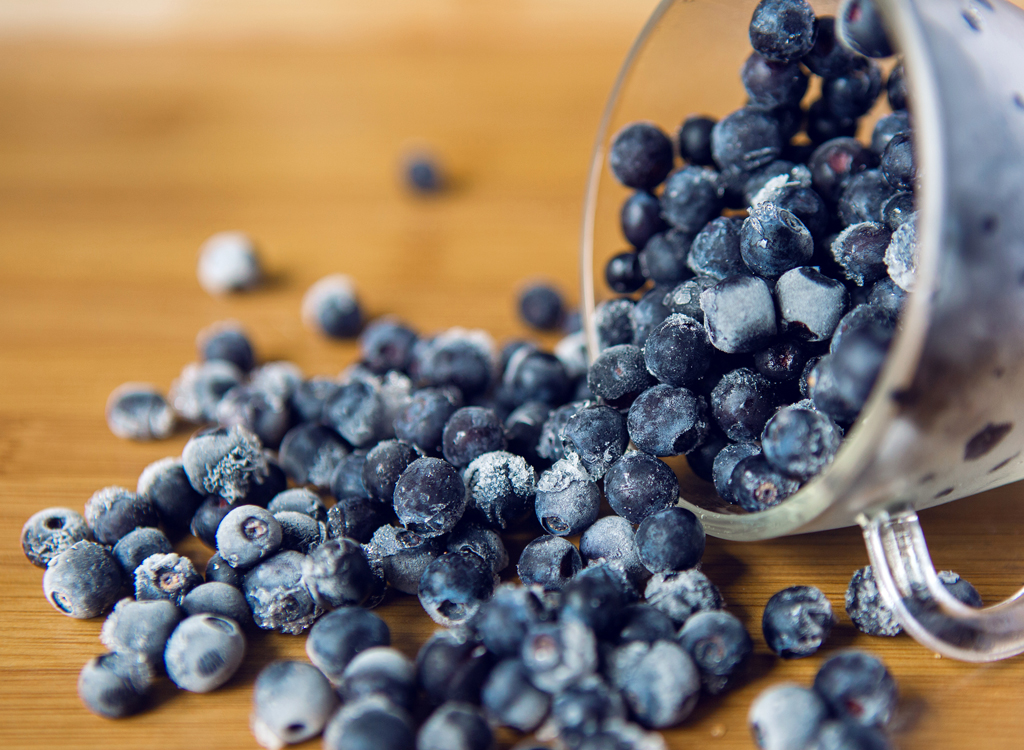
Blueberries are an excellent, nutritious fruit choice. They are low in sugar, high in fiber, and full of good-for-you antioxidants. Blueberries taste great on top of yogurt, oatmeal, or frozen and blended into a smoothie.
Ghee (clarified butter)

If you have a dairy sensitivity or avoid dairy for other reasons, ghee is a great option as it has a similar flavor to butter, but without the lactose from milk. Ghee is still technically a dairy product, but some people who are sensitive to dairy have no problem with it because milk solids are removed in the production process.
Arugula

Arugula is a bitter green, and both Ash and Archibald recommend bitter greens to support liver health. If you're not crazy about the strong taste, try mixing small amounts of arugula into your other greens or salad. You might find that you love the spicy flavor arugula lends the more you eat it.
Kale
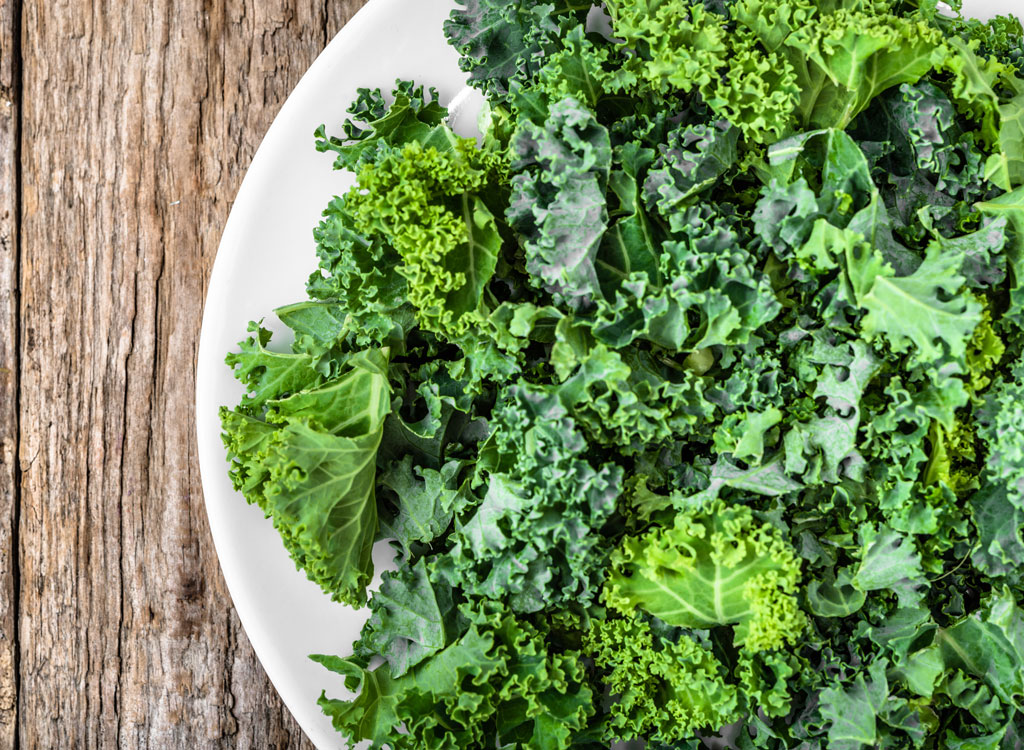
Did you know that kale is technically a cruciferous vegetable? And yes, it is a leafy green that tastes great cooked in a variety of dishes like soups, stews, or even sautéed on its own. If you find raw kale hard to digest and chew, try marinating it in salad dressing or olive oil and lemon juice, and then massaging it until tender.
Spinach

Spinach is a milder-tasting leafy green, but it still packs in the nutrition. Try adding it to salads, soups, stews, smoothies, or other dishes.
Bananas

When you're craving something sweet, bananas are a great choice. The fruit contains important nutrients like potassium, and it's a healthy source of sugar and carbohydrates. Try blending frozen bananas into "nice cream" next time you're craving a creamy, frozen dessert.
Brussels Sprouts

Brussels sprouts are another cruciferous veggie that is super versatile and can be enjoyed in a variety of ways. If steamed or boiled Brussels sounds boring, try roasting them in the oven with olive oil and salt for a treat. Roasting the veggies gives them a crunchy texture and brings out the flavor. Try adding a balsamic glaze for an extra sweet and flavorful kick.
Raspberries

Raspberries are high in vitamin C and contain many vitamins and minerals that support health. Plus, they're lower in sugar than other fruits, and they also contain fiber.
Strawberries

Who doesn't love strawberries? These sweet berries are another great fruit option given their low sugar content and high nutrition profile. Try eating them fresh in oatmeal or cereal, or add frozen berries to a smoothie.
Broccoli

Broccoli is a cruciferous vegetable that does not lack in nutrition benefits. Try adding broccoli into your food rotation a few days a week to reap the benefits. Cooked broccoli is great in soup, and roasted broccoli makes a perfect side to accompany meat and fish.
Cabbage

Cabbage isn't just for New Year's Day! This cruciferous veggie has tons of benefits. It's low in calories and high in vitamin K. Plus, it has a pretty mild flavor when you cook it, and it pairs especially well with more flavorful meals.
Salmon

Salmon is one of the best sources of healthy omega-3 fats. In fact, according to Archibald, the type of fat in salmon can actually help prevent your body from making triglycerides in the liver.
Sardines

These little fish can make a big difference in your health. They are rich in omega-3s, protein, and calcium. Not a fan of the taste? Cover them in your favorite condiments, or try preparing them like you would tuna salad.
Another benefit? Sardines are inexpensive and easy to find. Opt for sardines packed in olive oil or water when you can find them, to minimize added sodium.
Grass-fed Beef

If you enjoy a good burger, then don't fret. Grass-fed beef is a great source of omega-3s, especially in comparison to conventional beef. "The 'ready to use by the body' forms of omega-3 fats are found predominantly in seafood and also in animal meats and dairy that have been raised/finished on grass," says Archibald. Look for "grass-fed" or "grass-finished" on beef and dairy products.
Olive Oil

Olive oil is a great choice when considering healthy fat sources. It's rich in antioxidants and monounsaturated fat. Try drizzling it on top of cooked veggies or add it to a salad dressing.
Beans and Legumes
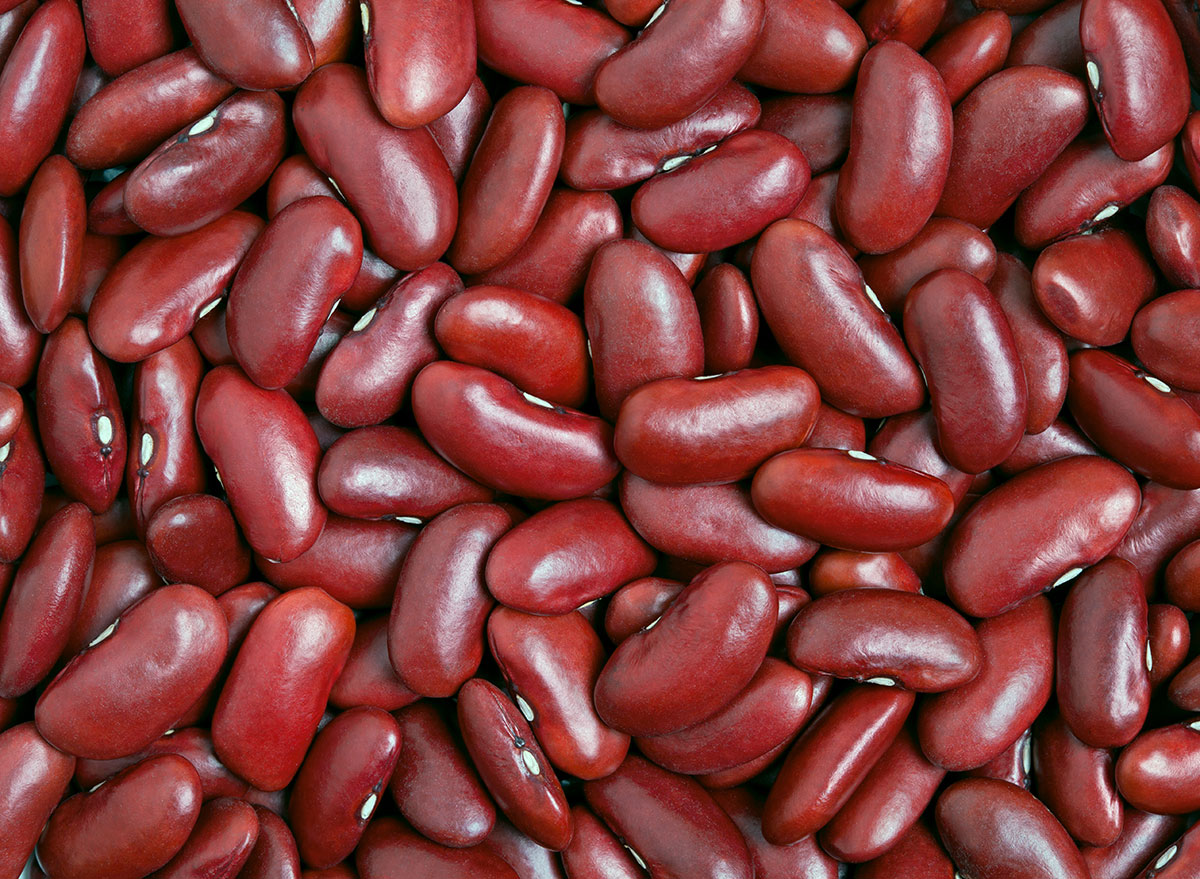
Beans are a great source of fiber, protein, and healthy carbs. They add great flavor to many types of dishes. Plus there's sucha a variety of beans that you'll never get bored with options and flavor varieties.
These are some examples of foods that can help with your triglyceride levels. But adding more fruits and vegetables to your diet, whichever ones they are, is always a good thing. And of course, if you do have higher-than-normal triglyceride levels, you should work with your doctor on how to address them.
